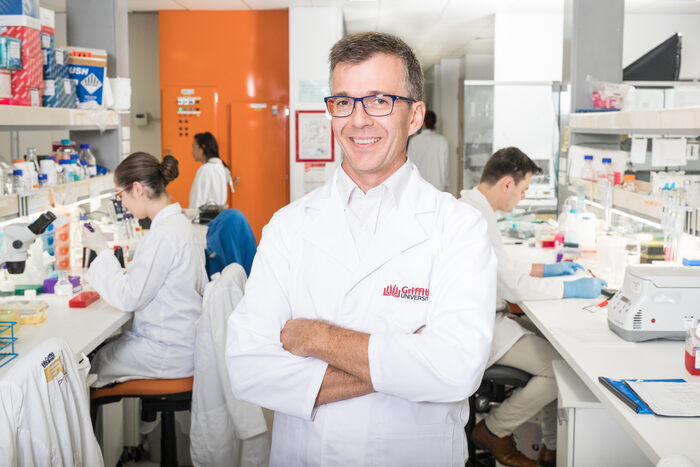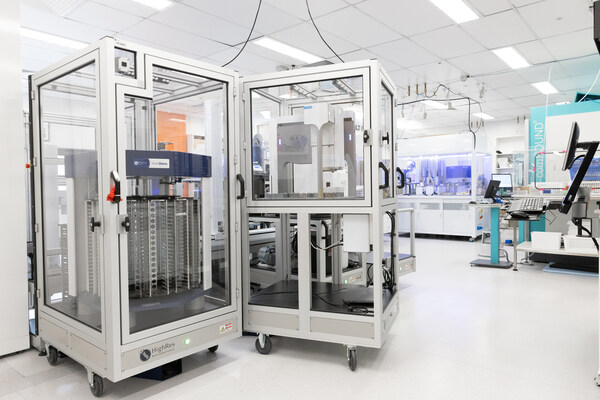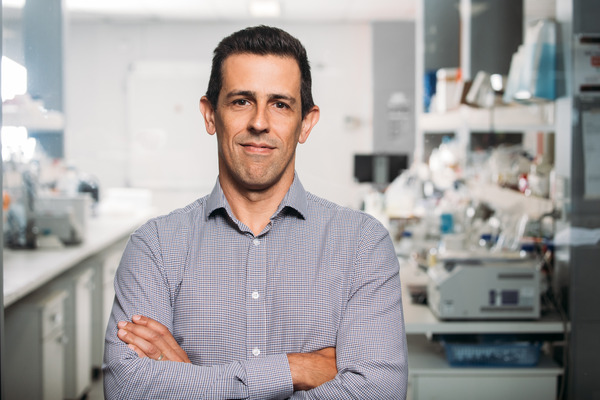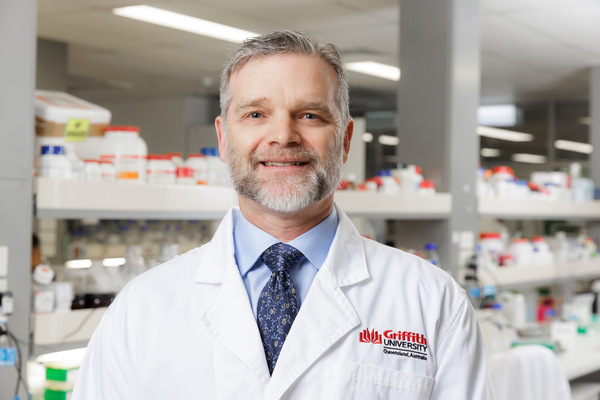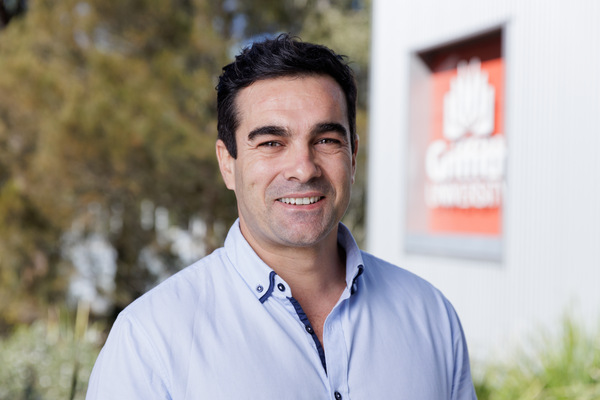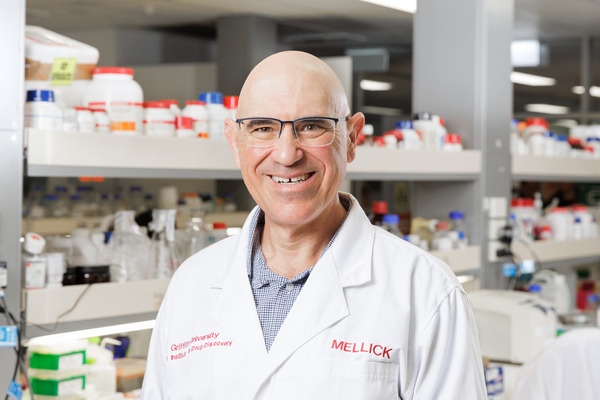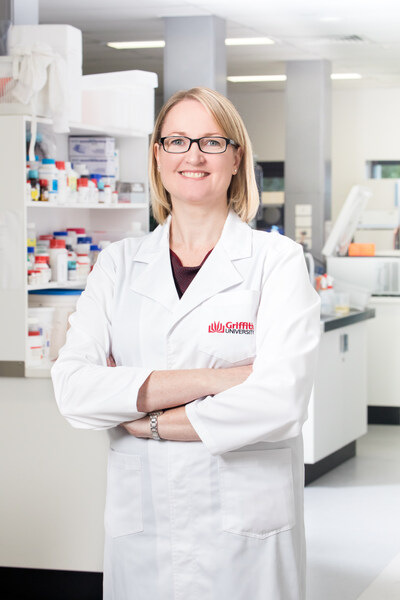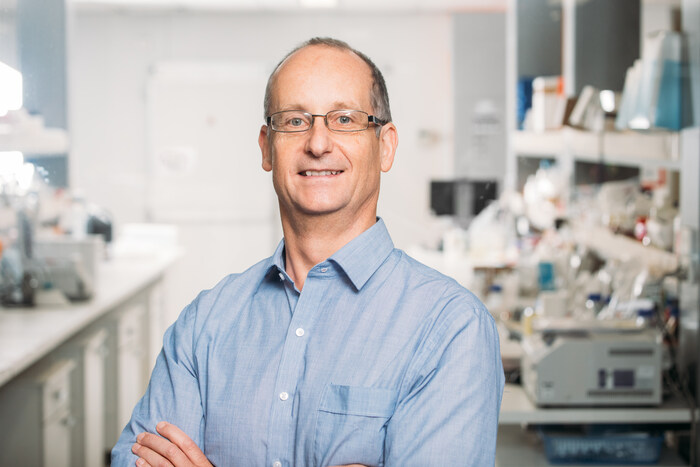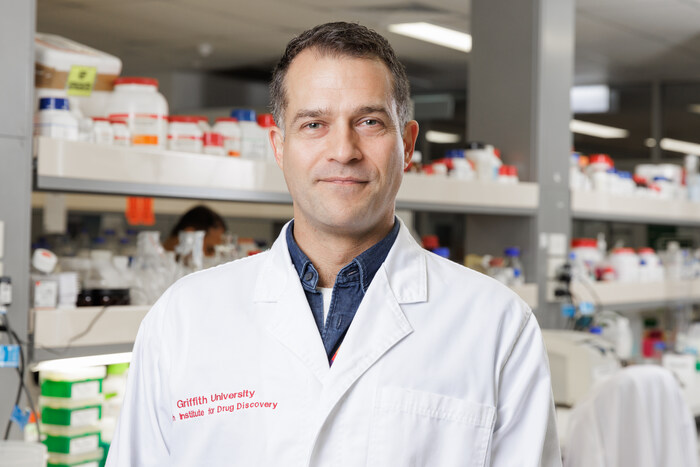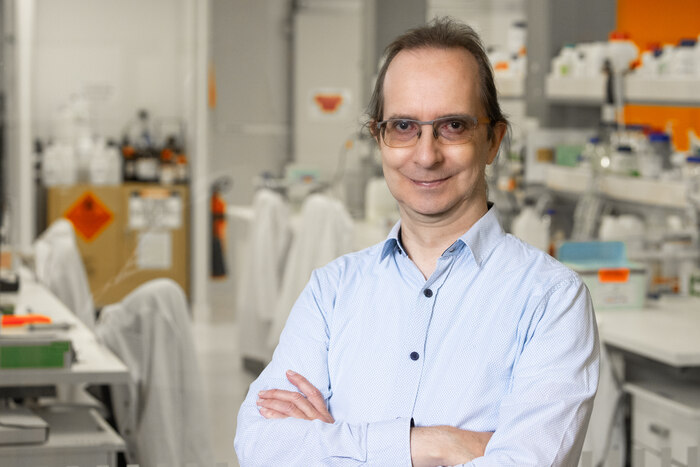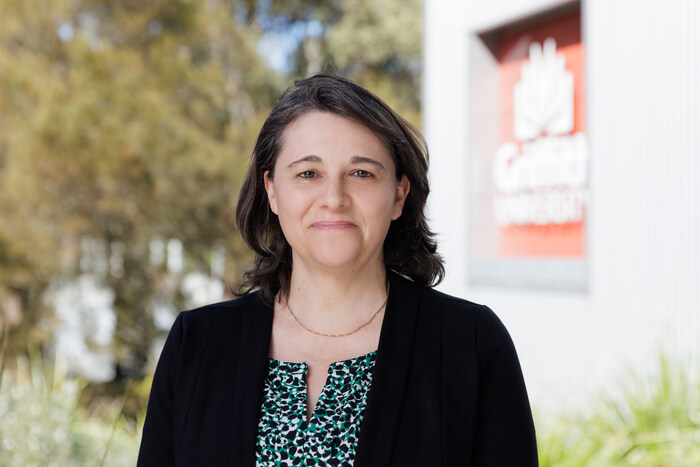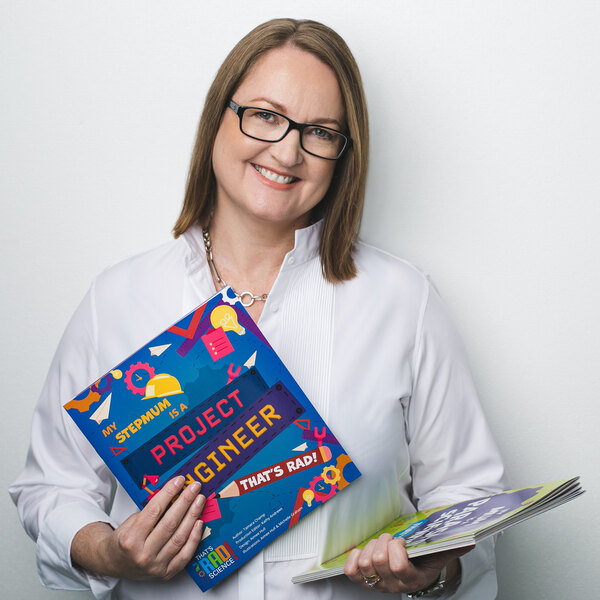Chemical probes allow scientists to visualise biological systems and gain fundamental information on diseases. However, scientists don’t always have the right chemical probe for the job at hand.
Finding new drugs to treat illnesses is a tricky process. To do so, we need to delve down into the microscopic world of cells to figure out how each disease works. Scientists use a range of tools to do this, including chemical probes.
Chemical probes are small molecules that can be used to ‘see’ inside cells – scientists examine how they interact with different components within cells with the assistance of instruments such as microscopes. This allows scientists to visualise biological systems that are otherwise invisible and gain insights on how they function. Chemical probes have a profound impact on our ability to answer fundamental questions on how illnesses work at a cellular level, and they can be used to measure the effectiveness of potential drugs.
However, scientists don’t always have the right chemical probe for the job at hand - a need being addressed by Professor Sally-Ann Poulsen and her team at the Griffith Institute for Drug Discovery (GRIDD), Griffith University. The team design and build novel modified nucleotides, the building blocks of DNA, to visualise and monitor DNA synthesis in cells – an effective way to study diseases and drug candidates.
In particular, the team are looking to fill a need for specific and user-friendly chemical probes that can be used to study pathogens. Their work has already led to the development of novel chemical probes for use against two globally significant human pathogens – malaria (Plasmodium falciparum) and toxoplasmosis (Toxoplasma Gondii).
Malaria and toxoplasmosis cause significant health and economic impacts. In 2021, there were an estimated 247 million cases of malaria and 619,000 deaths worldwide, and toxoplasmosis is estimated to infect one third of the world’s population. There is a lack in effective vaccines and treatments for these human pathogens, and both exhibit drug resistance.
“While chemical probes are currently successfully used to study mammalian cells, we lack similar probes for pathogen DNA synthesis. Other methods available to study pathogens are problematic – they provide limited information, or use genetically modified pathogens or radioactive materials that require specialised equipment. Our work looks to provide researchers with fast, cost-effective options that remove the negative environmental and economic impacts of current approaches,” said Professor Poulsen. “We have completed initial studies on practical biological assays using novel chemical probes for malaria. Next, we will be entering into discussions with potential industry partners to license the technology so that it is available to researchers worldwide.”
The team aims to develop a low cost, boxed, off the shelf product that will allow researchers to study globally important pathogens quickly and accurately. This will advance fundamental research and build knowledge on diseases – ultimately leading to new treatments.
There is precedent for success in this area, with EdU, a chemical probe used in mammalian cells that came about from academic research, being commercialised in 2008. Today EdU is available from >70 vendors globally, with >5,000 studies reporting using EdU for DNA labelling.
Chemical probes are extremely valuable tools for gaining knowledge on living systems – they help close important gaps in our understanding of how different diseases function. By providing new chemical probes targeting pathogens, Professor Poulsen and her team will deliver a major technical advance that will unlock pathogen cell biology studies.
Professor Poulsen and her team are seeking industry partners interested in further developing or commercialising chemical probes. The team have identified novel chemical probes that, when used in conjunction with standard image-based technologies (e.g. microscopy, flow cytometry), can quantitatively monitor DNA synthesis across complex mammalian and parasite systems. This includes pathogens that do not express thymidine kinase, such as the globally significant pathogens that cause human malaria (Plasmodium) and toxoplasmosis (Toxoplasma).
To learn more about Professor Poulsen’s research and her contact details:
We are very grateful for any individual or corporate donations and bequests to help us take our research forward. To contribute to GRIDD’s ground-breaking research please find more information here:
Through the GRIDD Director’s Circle you can also help provide career and personal development opportunities for GRIDD’s students and early career researchers.
To keep up to date with developments at GRIDD:
Banner image by Dr MJ Chua
Sustainable Development Goals
Griffith University is aligned with the United Nation’s Sustainable Development Goals (SDGs) and is committed to advancing knowledge, innovation, and practices that promote holistic health and well-being.
